Βιομηχανία της μόδας: Υφαίνοντας τη ρύπανση;
DS.WRITER:
Christina Ioakeimidou
Πηγή Κεντρικής Εικόνας: alahausse.ca
Ρετάλια από υφάσματα στις όχθες μεγάλων ποταμών της Ασίας; Όσο και να ακούγεται περίεργο, αυτή είναι η καθημερινότητα πολλών κατοίκων των παραλίμνιων περιοχών χωρών με μεγάλη υφαντουργική βιομηχανία. Μεγάλοι όγκοι απορριμμάτων, προερχόμενοι από την κλωστοϋφαντουργία, κατακλύζουν τον υδροφόρο ορίζοντα πολλών περιοχών του πλανήτη, αποτελώντας μία από τις συνηθέστερες πηγές ρύπανσης παγκοσμίως. Ωστόσο, τα τελευταία χρόνια έχουμε δει προσπάθειες πολλών designers που στοχεύουν στην ανατροπή της παρούσας κατάστασης.
Ρύπανση και σύγχρονη υφαντουργία
Μπαγκλαντές, Ινδία, Κίνα. Αυτές είναι κάποιες από τις χώρες που όλοι βλέπουμε στα ταμπελάκια των ρούχων μας όταν αναζητούμε το περιβόητο «Made in…». Όλως παραδόξως, αυτές είναι και κάποιες από τις χώρες με την περισσότερη ρύπανση παγκοσμίως, ένα μέρος της οποίας προέρχεται από την ανεπτυγμένη κλωστοϋφαντουργική βιομηχανία. Η μόλυνση των ποταμών που περιβάλλουν αυτές τις βιομηχανικές εγκαταστάσεις είναι ανησυχητική, αφού το κύριο μέσο λειτουργίας τους είναι το νερό –άλλωστε, για ένα και μόνο βαμβακερό T-shirt χρειάζονται 2,700 λίτρα νερού.
Οι συνθετικές χημικές βαφές και η επεξεργασία των υφασμάτων, και ιδιαιτέρως αυτών που προορίζονται για τις fast Fashion εταιρείες, είναι οι πρώτοι από τους παράγοντες που συμβάλλουν στην όλο και αυξανόμενη μόλυνση των υδάτων και κατά συνέπεια του πόσιμου νερού των γύρω κατοικημένων περιοχών. Ένα παράδειγμα, μάλιστα, της επικινδυνότητας είναι τα χωριά της επαρχίας Satna στην Ινδία, χωριά που βρίσκονται παρανόμως κοντά σε ένα από τα μεγαλύτερα εργοστάσια επεξεργασίας υφασμάτων παγκοσμίως. Η συγκεκριμένη περίπτωση αντανακλά την άμεση επίπτωση του μολυσμένου υδροφόρου ορίζοντα στην υγεία των κατοίκων, εξαιτίας του μολυσμένου νερού που περιέχει επικίνδυνες ουσίες από την επεξεργασία της βισκόζης, οι οποίες διοχετεύονται στο σύστημα ύδρευσης των χωριών. Φυσικά, η ίδια επίπτωση παρατηρείται και στον αέρα των περιοχών, ο οποίος μολύνεται εξίσου σημαντικά, λόγω των αέριων αποβλήτων που περιέχουν μεγάλες ποσότητες σουλφιδίου του καρβουνελίου (CS2), διαταράσσοντας την ήδη επιβαρυμένη υγεία κατοίκων και εργαζομένων.
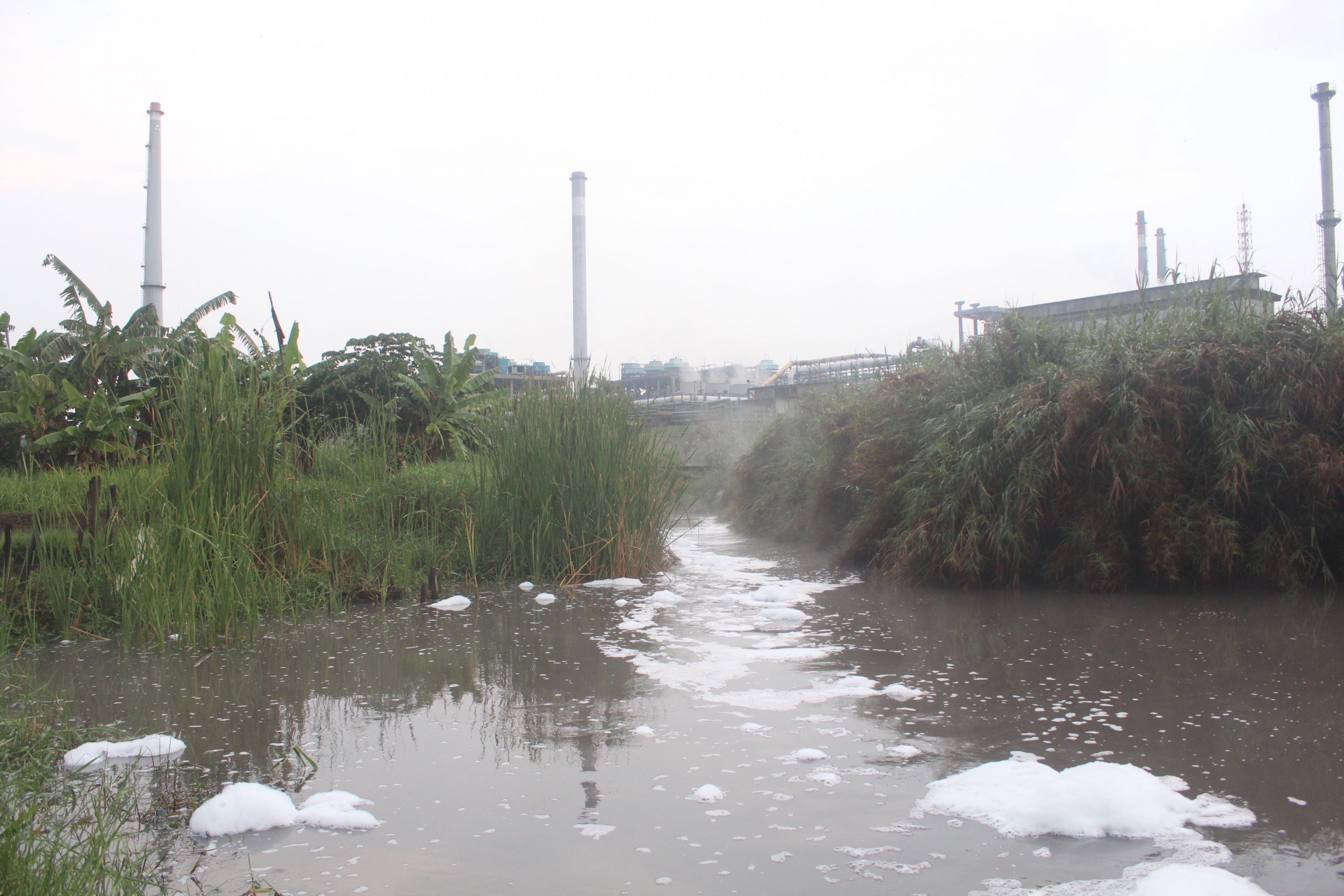
Ποτάμι με απόβλητα από εργοστάσιο επεξεργασίας βισκόζης στην Ινδονησία | Πηγή εικόνας: d32tmyucriz6wg.cloudfront.net
Προφανέστατα, στα συγκεκριμένα εργοστάσια έχουν βρει στέγη πολλές από τις γνωστότερες εταιρείες fast fashion, χωρίς αυτό να εξαιρεί μεγάλους οίκους μόδας. Όμως -και τονίζοντας ότι δεν μικροποιούμε την ευθύνη των μεγάλων οίκων μόδας-, η όλο και αυξανόμενη καταναλωτική συμπεριφορά του κοινού είναι επόμενο να οδηγήσει στην ολοένα και μεγαλύτερη παραγωγή και επέκταση των εργοστασίων επεξεργασίας και βαφής ρούχων, των ρούχων «της γρήγορης κατανάλωσης». Και για να μιλήσουμε με αριθμούς, μόνο το 2012 η παγκόσμια κλωστοϋφαντουργική βιομηχανία και η βιομηχανία της μόδας έφταναν σε αξία τα 480 δισεκατομμύρια δολάρια, ποσό που, όπως είναι αναμενόμενο, έχει αυξηθεί κατά πολύ με το πέρασμα των χρόνων, αν και η πανδημία ίσως αναχαίτισε ελάχιστα αυτή τη ραγδαία αύξηση.
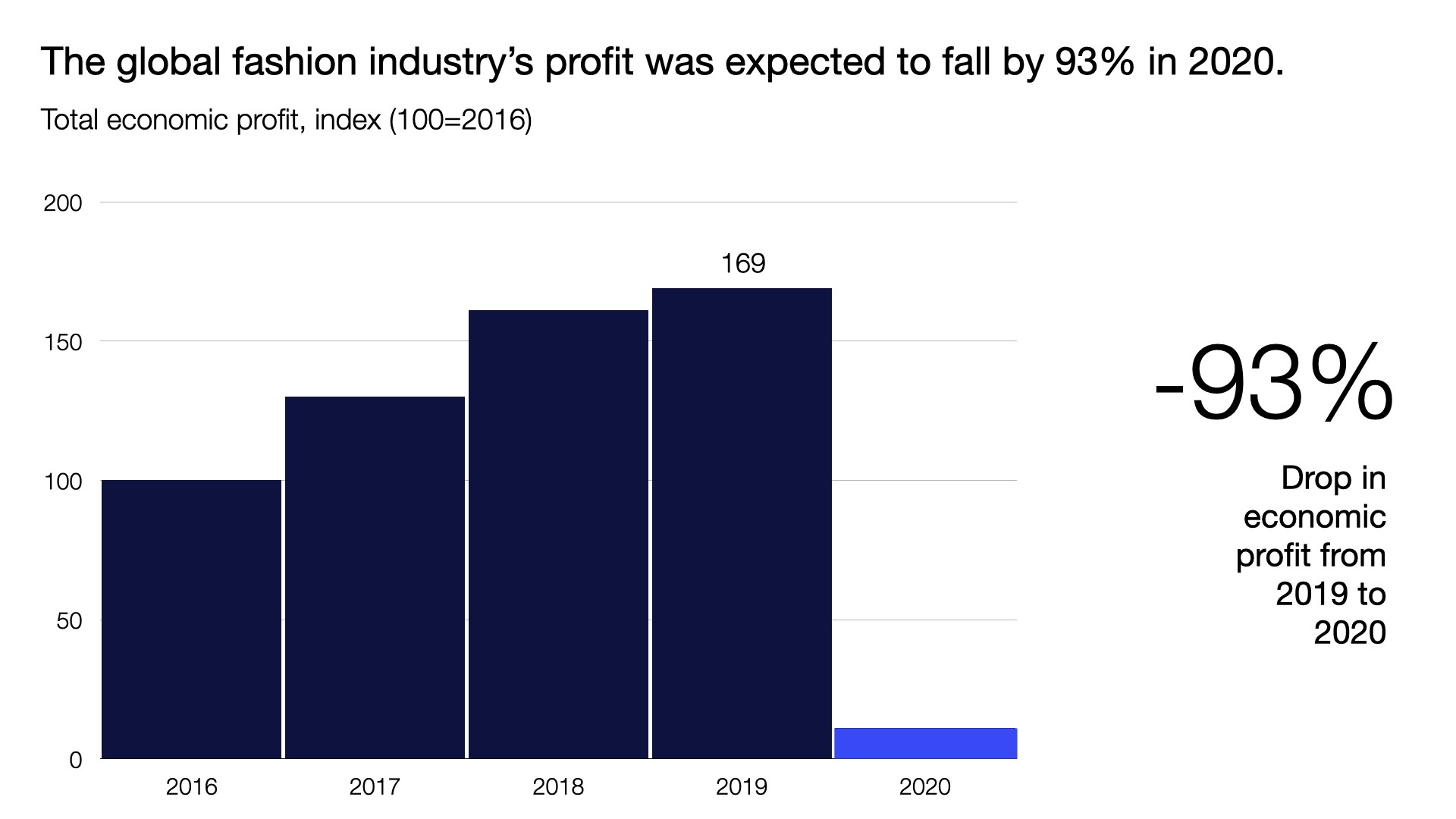
Πηγή εικόνας: uploads-ssl.webflow.com
Ωστόσο, παρά τη φαινομενική πτώση, η εξάπλωση των social media και η τακτική των μεγάλων fast fashion εταιρειών να λανσάρουν περισσότερες σεζόν -άρα και διαφορετικά trends- μέσα στον χρόνο, έχουν καταφέρει να οδηγήσουν το κοινό σε μία καταναλωτική έξαρση, με την αγορά πολλών και κακής ποιότητας ρούχων, των οποίων η μόδα διαρκεί ελάχιστους μήνες. Αυτό το φαινόμενο και η επιθυμία τού “να είμαι στην μόδα” οδηγούν στην υπερκατανάλωση ρούχων, που στη συνέχεια καταλήγουν στις χωματερές ως άχρηστα. Μάλιστα, με την καύση αυτών των υφασμάτων απελευθερώνονται εκ νέου επιβλαβείς ουσίες στην ατμόσφαιρα, επεκτείνοντας αυτόν το φαύλο κύκλο μόλυνσης.
Ο δρόμος για το σπάσιμο του κύκλου μόλυνσης
Στον αντίποδα των αρνητικών καταναλωτικών συμπεριφορών που παρατηρούνται τα τελευταία χρόνια, η επιλογή second-hand ρούχων, αξεσουάρ κτλ. έχει γίνει συνήθεια μιας μεγάλης μερίδας νέων ανθρώπων, που ακολουθεί αυξητικές τάσεις. Η επαναχρησιμοποίηση και αξιοποίηση των παλιών ρούχων, φυσικά, οδηγεί στη μείωση της παραγωγής των νέων και τον περιορισμό των αποβλήτων της βιομηχανίας της μόδας, ενώ παράλληλα ελαχιστοποιούνται και τα υφάσματα που καταλήγουν στις χωματερές και την καύση.
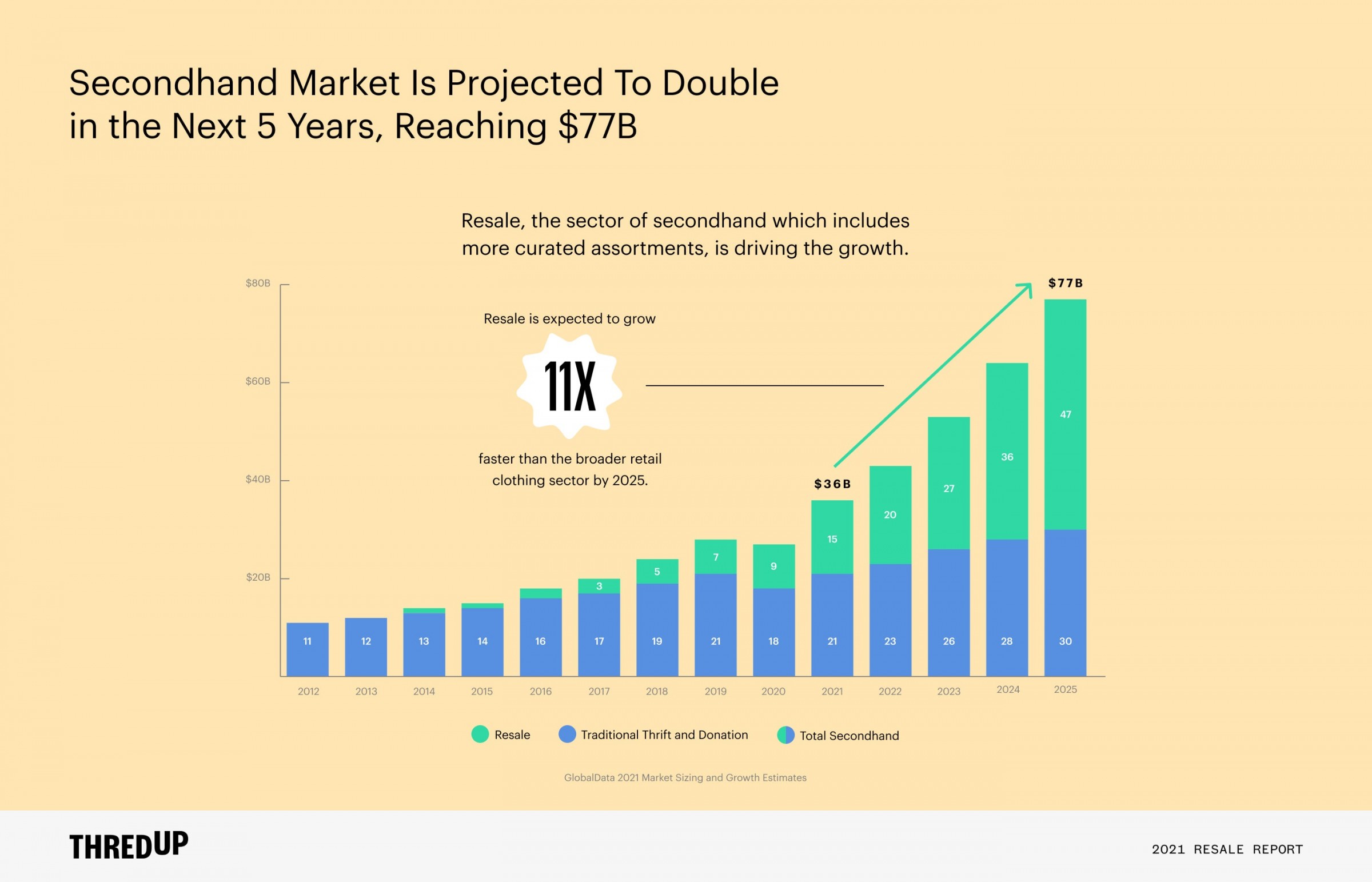
Πηγή εικόνας: refinery29.com
Στο ίδιο μήκος κύματος βρίσκονται και πολλοί νέοι designers. Το πρότζεκτ Fibre Market της Christien Meindertsma -που στοχεύει στην ταξινόμηση και αναγνώριση των υλικών των υφασμάτων- είναι μία από τις πρωτοβουλίες του σύγχρονου design. Το ίδιο ενθαρρυντικές είναι οι προσπάθειες του United Colors of Waste (μία πρωτοβουλία των Brightfiber και Loop.a life), έχοντας ως στόχο την κυκλική χρήση του υφάσματος στη μόδα και την καλύτερη ταξινόμηση και επαναχρησιμοποίησή του, καθώς και τη σωστότερη επεξεργασία των πρώτων υλών, ήδη από το στάδιο των νημάτων. Με τον τρόπο αυτόν, τα παλιά και εν δυνάμει επιβλαβή υφάσματα και χρωστικές αφήνουν πίσω την περαιτέρω επιβάρυνση του περιβάλλοντος.
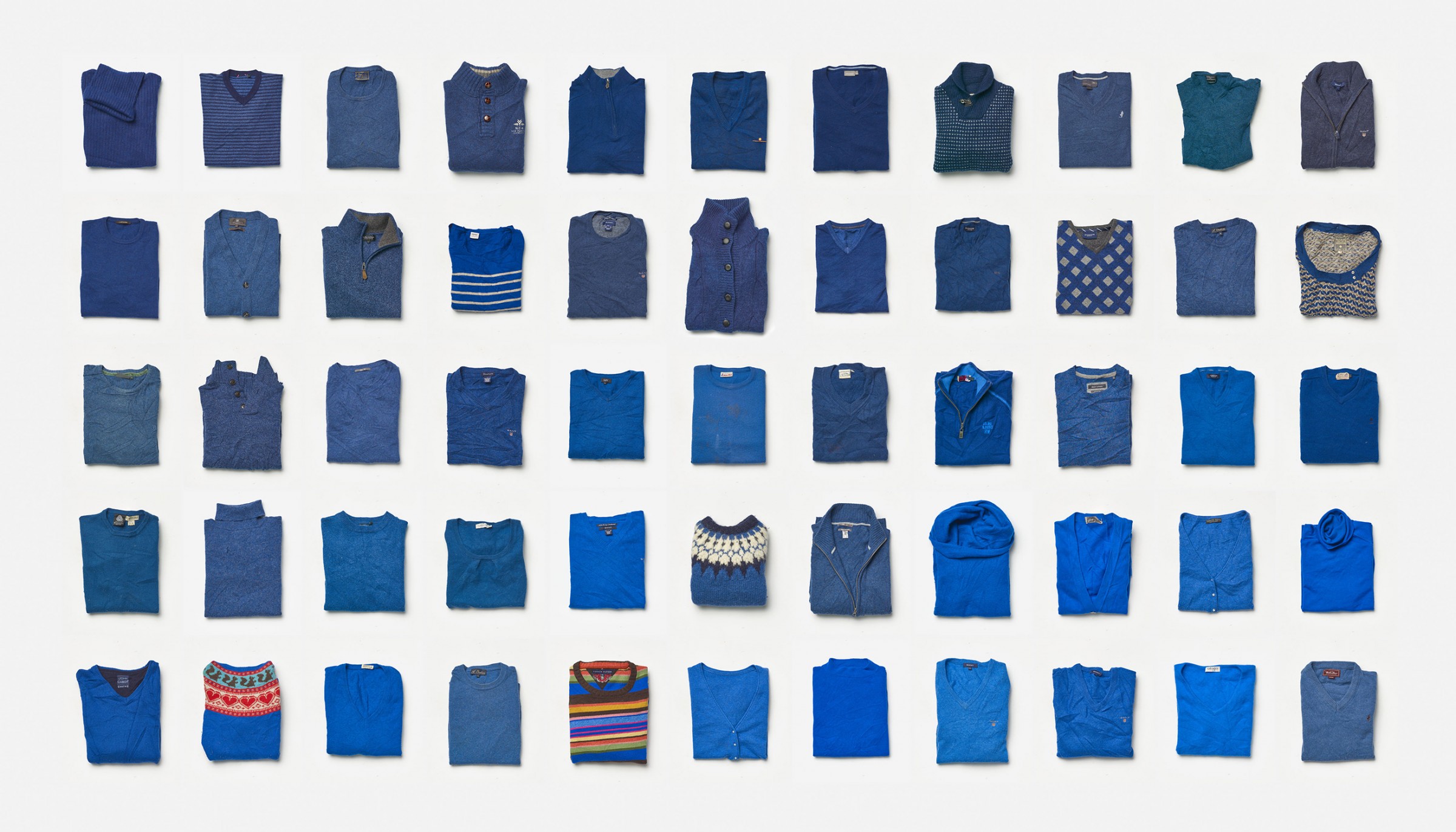
Fibre market (Christien Meindertsma) | Πηγή εικόνας: freight.cargo.site
Εξίσου ενδιαφέρουσα είναι η δουλειά του Jorge Penadés, ο οποίος επεξεργάζεται τα απορρίμματα της βιομηχανίας της μόδας με σκοπό τη δημιουργία νέων, απολύτως διαφορετικών αντικειμένων. Με τη μετατροπή των υφασμάτων σε πηλό, ο Penadés καταφέρνει να δημιουργήσει έπιπλα από πρώην δερμάτινα υφάσματα κ.α., ανάγοντας την ανακύκλωση σε μέθοδο κατασκευής, ενώ το νέο παραγόμενο υλικό ονομάζεται -και μάλιστα δικαιολογημένα αν αναλογιστούμε την πορεία του- Structural Skin.
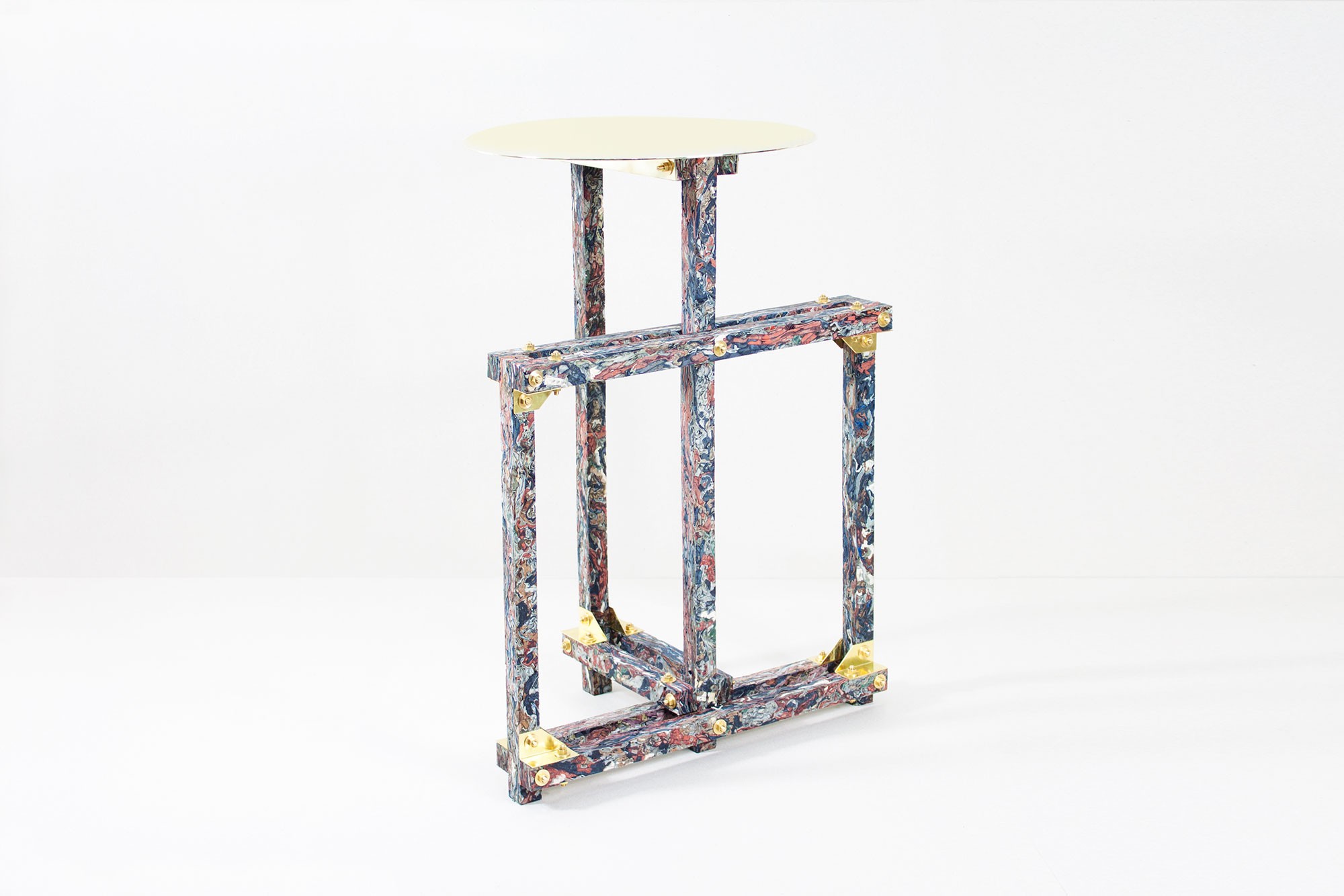
Πηγή εικόνας: oficinapenades.com
Τέλος, αφυπνιστικό για την κοινή γνώμη είναι το βιβλίο της Maxine Bédat, Unraveled: The Life and Death of a Garment, μέσα από το οποίο ο αναγνώστης παρακολουθεί την πορεία της πρώτης ύλης για την κατασκευή υφάσματος για τζιν, μέχρι την καύση του, και την επιρροή -με διαφορετικό κάθε φορά πρόσημο- της fast fashion μόδας στην καθημερινότητα εκατομμυρίων ανθρώπων, κυρίως αναπτυσσόμενων χωρών.

Πηγή εικόνας: images.squarespace-cdn.com
Οι προσπάθειες και η ευαισθητοποίηση για την αντιστροφή της παρούσας δυσμενούς κατάστασης είναι αρκετές, τόσο από τους καταναλωτές όσο και από τους designers. Το μέλλον μπορεί να γίνει αρκετά ευοίωνο, αρκεί η ενημέρωση να επεκταθεί, και τα επιμέρους κράτη, αλλά και οι εταιρείες, να θέσουν αυστηρότερα μέτρα κατά της ρύπανσης που προκαλείται από την περιβόητη βιομηχανία της κλωστοϋφαντουργίας.
Πηγές/ Further reading
D. M. Price (2017). Worse for Wear: Indonesia’s Textile Boom. Από: undark.org.
Fast fashion - The shady world of cheap clothing | DW Documentary. Από: youtube.com.
Various Pollutants Released into Environment by Textile Industry. Από: fibre2fashion.com.
S. Jahan (2022). Dead rivers: The cost of Bangladesh's garment-driven economic boom. Από: japantimes.co.jp.
United colours of waste – Brightfibers inside. Από: ddw.nl.
*Για το Fibre Market της Christien Meindertsman, στο: christienmeindertsma.com.
*Για Jorge Penadés, στο: oficinapenades.com.
*Για τη Maxine Bédat και τη μη-κερδοσκοπική οργάνωση New Standard Institute, στο: newstandardinstitute.org.








